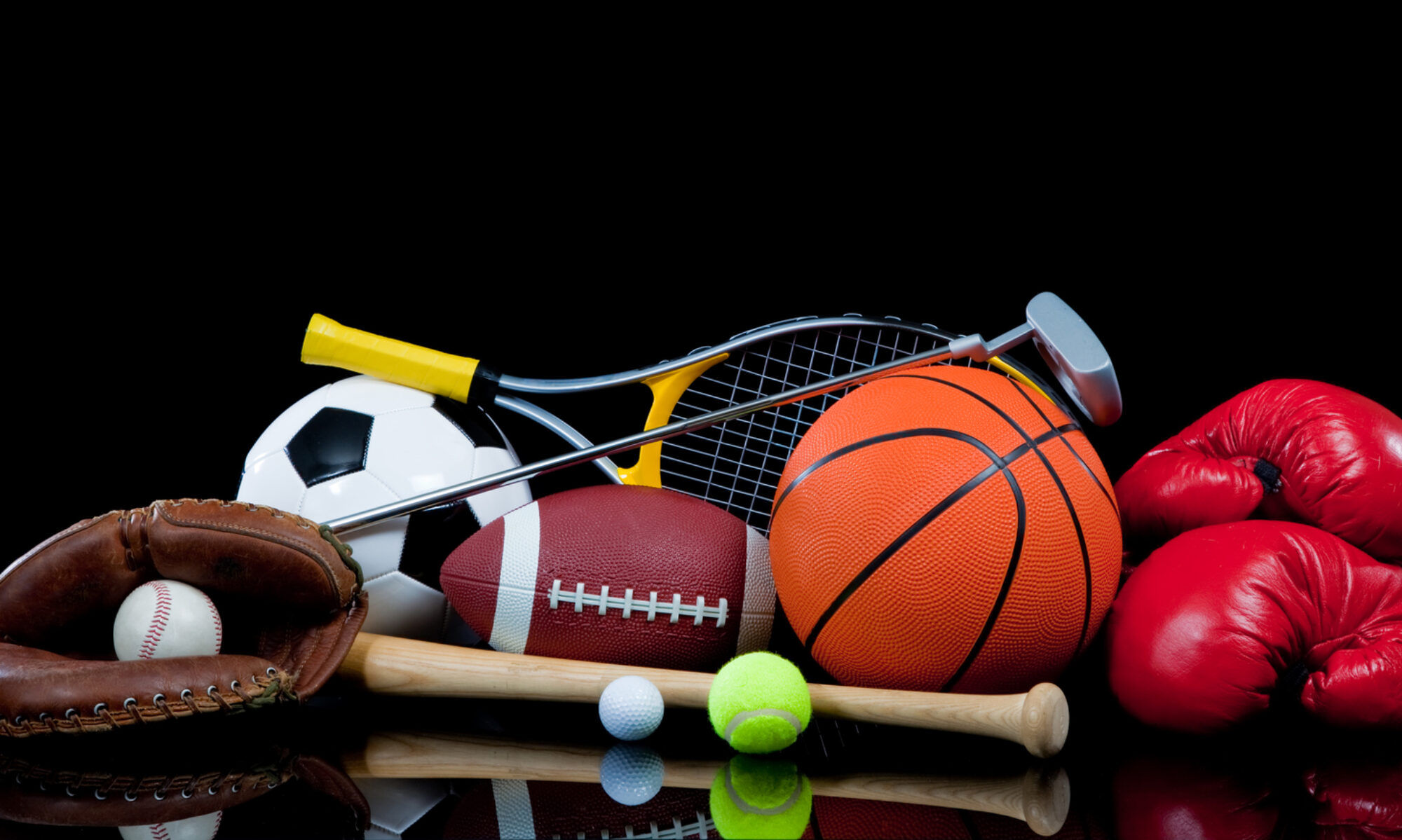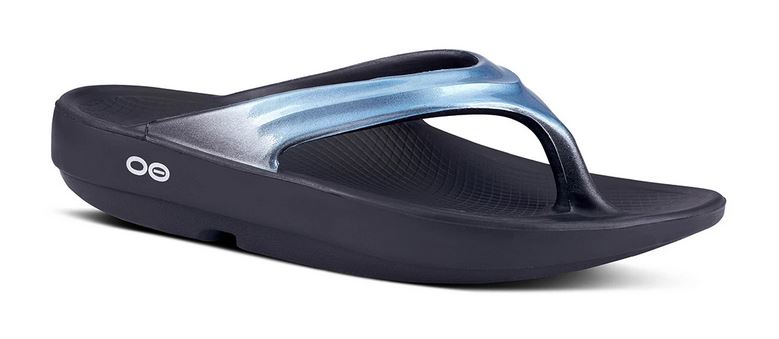Extreme Mayhem is part of the Extreme Team (that established the Extreme Sports Channel in 1999). Extreme Mayhem is a brand-new venture with an enthusiastic method to promote as well as expand UK paintball whatsoever levels, the business has a chilled-out and amusing ‘neighborhood’ internet site that offers a totally cost-free paintball scheduling directory to any person seeking a place to play paintball right across the UK.

Extreme Mayhem was developed to assist paintballers to enter contact with a paintball place, (that is the most convenient for them), as rapidly and also easily as feasible. Extreme Mayhem currently has an extensive nation-wide network of independent associated paintball websites, all running to ‘UKPSF’ top quality as well as safety criteria. And also the actually great information? Extreme Mayhem takes absolutely no agency commission on bookings; consumers publication with the paintball venue direct so obtaining the best possible worth for a terrific day out.
Internationally the fastest expanding sports are severe; as a matter of fact according to advertising market stats, there are currently an estimated 168 million energetic participants worldwide.
Utilizing the mass advertising and marketing ability, strength and also congratulations of the Extreme brand (the sporting activities channel already relays in over 60 nations in 12 languages reaching no less than an astonishing 38 million residences) the group is venturing into particular locations where they believe they can make a genuine difference, inevitably aiding to increase the general profile of extreme sports.
Given that founding the Extreme Sports Network, the brand has rapidly advanced right into countless sport-orientated organisations all over the world, launching several brand-new businesses including Extreme Drinks (with it’s award-winning series of 100% natural beverages already marketing in 23 countries), Extreme Medics (an one-of-a-kind group of highly qualified as well as specialised paramedics covering extreme sports occasions across Europe), Ex Lover Aspect, Extremepie (currently Europe’s largest surf & ski online as well as mail-order store), Extreme Hotels (a totally brand-new hotel idea made especially to cater for extreme sports fanatics – the very first 130 bedroom resort opened up in Cape Town in November 2006) as well as currently Extreme Chaos. Oh, as well as additionally look out for the launch of Raw State – the team’s new sports style clothes label, with foot-ware, watches and also eye-ware likewise in the layout pipe-line … Can Extreme Mayhem truly make a difference to the UK paintball scene? You have actually obtained ta think they will!





